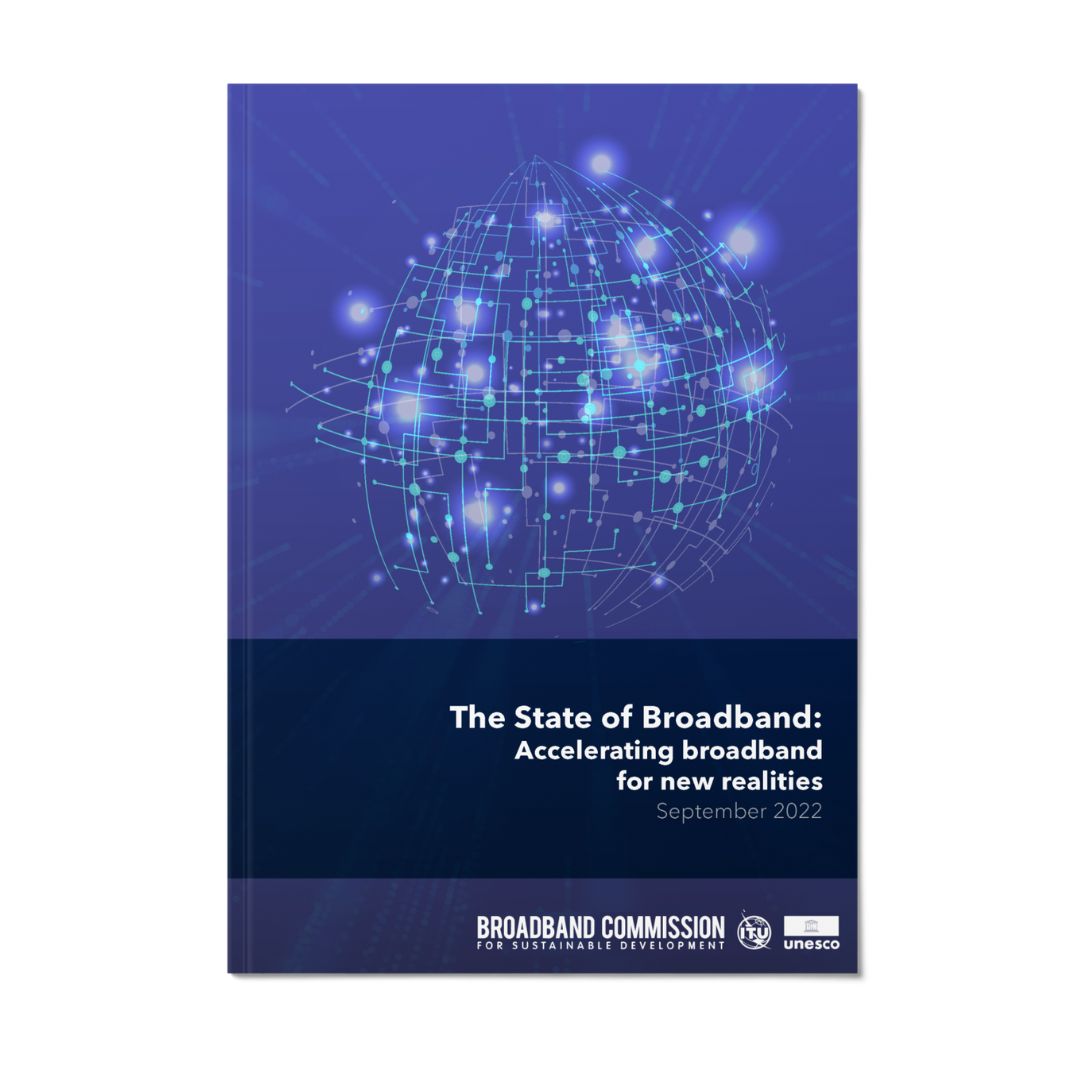Achieving inclusive and broad connectivity is a basic requirement for the economic and social development of our countries. Regardless of the starting point of the regions, there are various economic, geographic or demographic factors common to all of them and where the existence of a digital divide between rural and urban areas is evident—especially in regions with complex orography and large areas with very low population density, as is the case of Spain.
In relation to the above, this “box” summarizes the connectivity policies that Spain has developed over the last few years to achieve the goal of 100 per cent of the population having 100 Mbps coverage by 2025.
An enabling regulatory framework
A regulatory framework that has facilitated deployment and investment by private operators:
- Spain was a world pioneer with the approval of Royal Decree-Law 1/1998, of 27 February, on shared infrastructures in buildings for access to telecommunication services, whereby the infrastructure in newly constructed buildings has facilitated the deployment of the last part of the networks, allowing access to the operators to the households of the same building.
- Also, the various Telecommunications Laws incorporated measures to facilitate infrastructure sharing and suppression of barriers to deployment by simplifying administrative procedures, among others.
A competitive environment
A competitive environment is in place that has favoured competition in operators’ own infrastructures in the most populated areas, while maintaining competition in services in the rest of the territory. In this regard, it is worth highlighting the impact of the Wholesale Access Service to the civil works infrastructures offer including ducts and junction boxes (MARCO), which has allowed the use of the dominant operator’s passive infrastructures by its competitors.
Deployment incentives
A public aid scheme is also in place, complementing private investment made by operators, with a forward-looking approach that started in 2013, and which has accelerated since 2018. Subsidies are provided for deployment of access networks that offer 300 Mbps, scalable up to 1 Gbps, in those areas that don’t have coverage of new generation broadband networks, mainly in rural areas.
In total, since the beginning of the broadband extension programs, EUR 872 million of aid has been granted (EUR 655 million since 2018), mobilizing investments of EUR 1 603 million and covering 7.6 million homes.
Current results
By 30 June 2021, the broadband coverage at more than 100 Mbps is 88.31 per cent of the total population and the prospective is than in 2023 will be 94.13 per cent. Additionally, the digital divide between rural and urban areas at more than 100 Mbps has been reduced by
20 percentage points. With the projects under implementation, by December 2023 this gap will be below 10 percentage points, on the path to its complete elimination by 2025. For this purpose, the resources allocated in 2022 amount up to EUR 250 million and a similar amount is estimated for 2023.
Towards 100 per cent by 2025
Finally, to cover the remaining percentage of the population (≤ 1.5%), several measures are being developed to make it possible to offer such connectivity through wireless solutions (fixed wireless access via 5G) or satellite solutions guaranteeing 100 Mbps.


